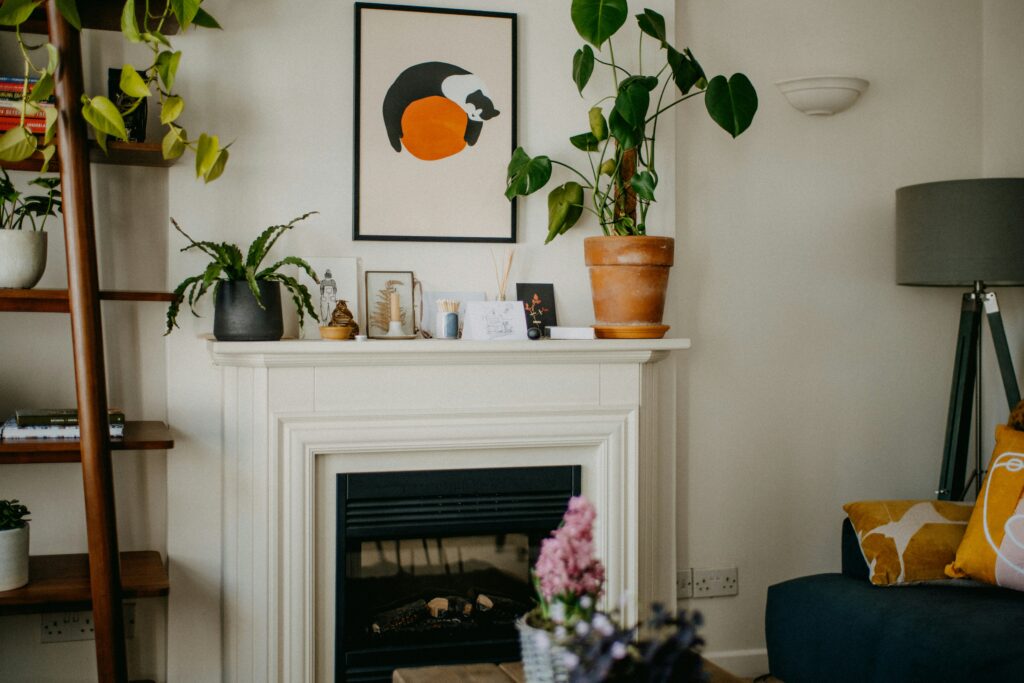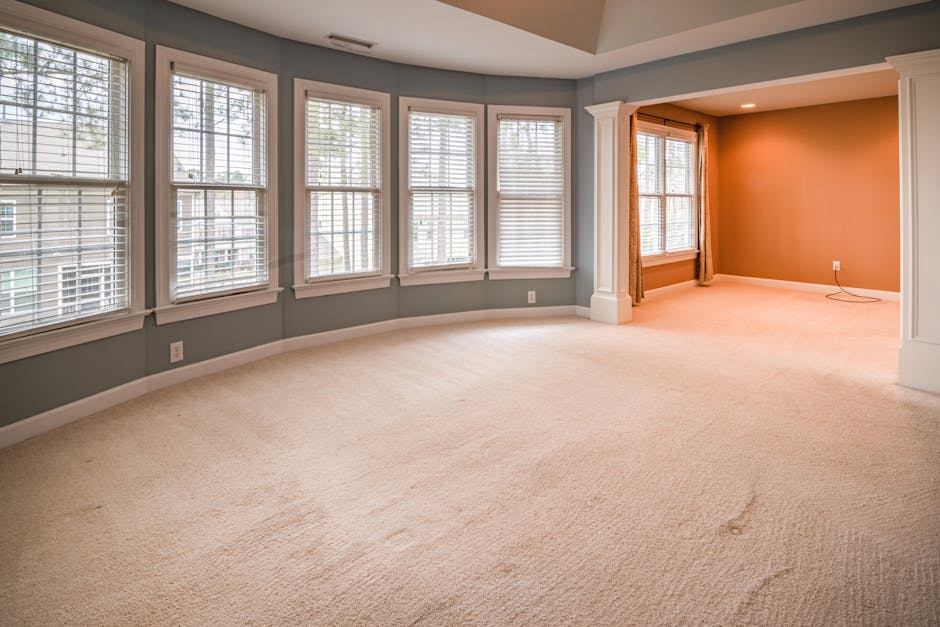First impressions don’t wait. In real estate, the moment a buyer walks through the door—or scrolls through a listing—is the moment their mind is mostly made up. A cluttered space, odd furniture layout, or poorly lit room can kill interest fast. That’s where staging steps in. Done right, it doesn’t just make a property look livable—it shows buyers what’s possible.
Homes that are staged sell quicker and often for a higher price. That’s not fluff, it’s data. But this doesn’t mean spending a fortune on designers or renting high-end furniture. The real trick is to spotlight a home’s strengths, minimize distractions, and let the layout breathe. Clean lines. Neutral decor. Purposeful rooms. You don’t need gold-plated faucets—you need clarity and warmth.
Staging is less about decoration and more about direction. You’re creating a believable lifestyle narrative that helps potential buyers project their own lives into the space. Show them what “home” could look like, and they’ll start justifying the offer themselves.
AI Is Speeding Up Workflow—Without Replacing Humans
AI is no longer a novelty in vlogging—it’s now standard gear in the toolkit. Creators are turning to AI tools to handle repetitive, time-heavy tasks: chopping clips, cleaning up audio, rough-cut edits, even early-stage scripting. The gains are real—faster uploads, tighter schedules, fewer all-nighters.
But here’s where the balance matters. Viewers can tell when content feels canned, when the human edge is gone. So while AI can draft a script, it still needs the creator’s tone. It can edit a timeline, but it can’t pick the perfect beat drop. Top vloggers know where to hand off the work—and where to keep their fingerprints on it.
Automation lets creators spend more time doing what only they can do: storytelling with a personal edge. Those who find that balance will post more, burn out less, and build faster.
Maximize Natural Light Without a Renovation
Creating a light-filled space doesn’t always require expensive renovations. With a few smart adjustments, you can amplify natural light and make your rooms feel brighter, airier, and more spacious.
Let the Light In
To get the most from the natural light your space already receives, start with the basics:
- Open the blinds or shades during the day to welcome as much sunlight as possible.
- Clean your windows regularly to allow light to pass through unhindered. Dirt and grime reduce brightness.
Swap Heavy for Light Fabrics
Window treatments play a huge role in how light filters into your home.
- Replace dark or heavy curtains with sheer, light-colored fabrics to soften and diffuse light.
- Opt for lightweight materials such as linen or cotton that bring an airy aesthetic and don’t block illumination.
Use Mirrors to Your Advantage
Mirrors are a powerful—and often underused—tool for enhancing light.
- Place mirrors opposite windows to reflect daylight back into the room.
- Use mirrored furniture or décor to bounce light and create a sense of openness.
With these simple changes, you can create a home that feels brighter and more welcoming—no additional lighting required.
Deep cleaning isn’t optional—it’s the ground floor of good presentation. And the best part? It doesn’t cost a dime. Whether you’re prepping for a shoot, a listing, or just creating a calm vibe for your viewers, clean spaces come across better on camera and in person.
Start with the obvious: wipe down every surface. Counters, shelves, light switches. Dust is the enemy of clarity. Next, give special attention to closets and floors. A jammed coat rack or shoes scattered across hardwood instantly shrink the room. Clear them. Your space will look bigger—because it is.
Last, edit out the personal. Family photos and quirky collectibles might be meaningful, but they’re not universal. Pull them back. Creating a neutral space helps your audience project themselves into your world. That connection makes them stay longer—and come back.
-
Swap old switch plates or cabinet hardware: These little details date a space more than you’d think. Swapping a yellowed switch plate for a clean white or matte black one takes five minutes and costs less than your coffee. Same goes for cabinet pulls—brushed brass or modern matte can level things up fast without a full remodel.
-
Paint touch-ups on walls, trim, or doors for fresh appeal: A few scuffs and faded trim can quietly drag a whole room down. Grab a sample pot in your existing color (or go slightly warmer/cooler for a subtle update), and spend an hour giving your baseboards and door frames a once-over. It’s not sexy, but it works.
-
Lay down inexpensive area rugs to define spaces and add texture: Especially in open floor plans or rentals where you can’t change the floors, rugs are game-changers. Go bold with patterns or muted neutrals with texture. They signal purpose, insulate sound, warm the space, and make it feel intentional.
Designing your space for videos—or even just your sanity—comes down to the little things. One trick that never fails? Grouping decor in threes. Mix up the height, size, and texture to keep the setup visually interesting without going overboard. Think a small plant, a mid-height candle, and a tall vase. Simple, but effective.
Bathrooms and kitchens need to feel clean and intentional. Fresh towels with neutral tones go a long way in the bathroom. In the kitchen, skip the over-staged spreads. A minimal table setting—a couple of plates, flatware, maybe a folded tea towel—keeps things feeling lived-in, not chaotic.
Finally, plants. Whether real or faux, greenery brings life into a shot. Just don’t turn your room into a jungle. One or two well-placed pieces—think shelves, corners, or window sills—are enough to create warmth without the clutter.
When prepping a space for filming or tours, not every room carries equal weight. Start with the core: the living room, kitchen, primary bedroom, and entryway. These areas shape first impressions and carry the most emotional weight for viewers.
The living room should feel open and grounded—clear off surfaces, fluff the cushions, and bring in natural light if you can. In the kitchen, wipe down appliances and declutter the counters. A simple bowl of fruit or a small coffee setup adds just enough warmth without feeling staged.
Bedrooms should be clean, calm, and light. Neutral bedding, a made bed, and open windows go a long way. You’re not aiming for a catalog—you’re aiming for breathable and lived-in. Skip the excess decor and let space do the talking.
Elevate Your Exterior Without a Full Renovation
Start simple. Lawns, hedges, and walkways are the first things people see. If they look unkempt, the rest doesn’t matter. Mow the grass, edge the borders, sweep the paths. It’s not glamorous, but it works.
Next, add some life. A fresh layer of mulch sharpens the look of neglected beds. A couple of potted plants near the entry? Instant energy with zero commitment to landscaping. And don’t underestimate the power of a clean front door—wipe it down, maybe give it a fresh coat of paint. Swap out that worn-out welcome mat while you’re at it.
A tidy exterior sets expectations. People assume what’s inside is just as cared for. For more simple, high-return improvements, check out Maximizing Curb Appeal—First Impressions That Matter.
Budget-Friendly Staging: Make a Big Impact Without Big Spending
Rethink the Myth: Staging Doesn’t Have to Break the Bank
When it comes to staging your home, you don’t need a designer-level budget or expensive rentals. In fact, some of the most effective improvements cost little to nothing at all—just time, intention, and a bit of creativity.
Small Tweaks, Big Visual Shifts
A few thoughtful updates can completely transform how a space feels and photographs. Focus on clean lines, natural light, and neutral accents to create wide-appeal.
- Rearranging furniture to open up floor space
- Decluttering surfaces and removing personal items
- Adding affordable throw pillows, blankets, or a mirror for light reflection
- Fresh linens in bedrooms and bathrooms
- Open curtains to let in natural light
These subtle changes suggest to buyers that a home is well cared for and move-in ready—even if bigger renovations aren’t in the cards.
How to Help Your Home Shine
You don’t need to rent a showroom or bring in luxury furniture. With a well-planned approach, your everyday home can look elevated.
- Clean from top to bottom (especially kitchen and bathrooms)
- Use items you already have to create focal points
- Keep colors light and neutral to appeal to most buyers
- Stage key rooms like the living area, kitchen, and primary bedroom first
Buyers aren’t expecting perfection—they’re looking for potential. With subtle staging steps, you’ll help them see it.
Final Thought
Staging isn’t about spending—it’s about smart presentation. A bit of effort can deliver a strong return, creating emotional appeal with minimal investment.
Prep the Space Without Breaking the Bank
If you’re selling a home—or helping a client sell—set a clear, tight staging budget. Even $100 to $300 goes further than you’d think when used right. Declutter first, then add small touches: a few houseplants, clean white linens, maybe a neutral throw. Skip expensive rentals; use what’s already there and highlight the best features.
Once staged, shoot your listing photos in natural light. That means mid-morning or late afternoon when the sun is soft and flattering. Avoid overheads or harsh lighting—they kill warmth. The aim is to make the home feel clean, simple, and lived-in without being personal. Buyers should be able to picture their life there, not yours.
Keep it minimal. Less is more. Fresh air, clear counters, made beds—it’s not about perfection, it’s about potential.




